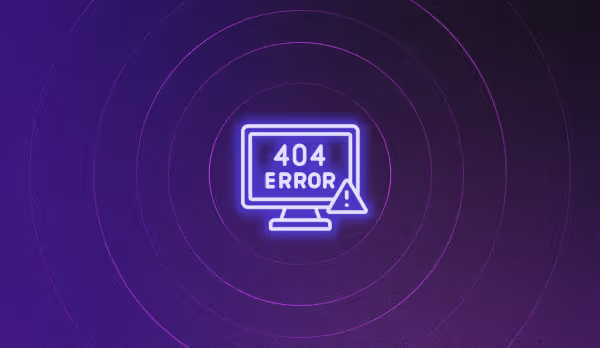Preserving and growing ecommerce revenue during a recession

Let’s be real for a second. It’s getting increasingly harder to spend your way out of anonymity.
Hundreds of thousands of businesses went digital after the start of the pandemic. Former exclusively in-person shoppers had to change their habits and get used to online browsing. This was great; it allowed brands to continue selling, and it limited in-person transmission in stores.
Consequently though, this massive shift to digital has saturated the ecommerce market. And while we are seeing an unprecedented number of online shoppers ready to generate traffic, this saturation has made it increasingly harder to garner the attention of those shoppers.
As well, with massive increases in SERP (Search Engine Results Page) views, availability of traffic, and an increasing number of competitor options, search engines and social platforms that allow for hosted advertising have recognized a new opportunity to increase bid prices, thus skyrocketing CAC and decreasing ROAS for brands.
Tacking on iOS updates that have made geo-targeting less relevant, marketers tasked with filling the top of their company’s funnel are being forced to pay more money for less quality traffic. And even worse, they have to fight even harder for that traffic than they did before.
What’s getting cut during tough times?
Now, we ALSO have to tackle the recession. When a recession is looming, what’s the first to get cut?
Marketing budget.
When a company is deciding to “go back to basics” (the typical plan of action during uncertain economic times) the first thing to be slashed is always the marketing budget.
At the same time, though, how are brands going to grow their revenue if they’re pulling back on marketing resources?
The trick is going to be to focus on the traffic and the customers you already have. You’re going to want to focus on being able to get every dollar (or yen, or euro, or pound, or peso) that the folks already on your site are willing to spend.
How do we do this? By focusing on the efficiency and, most importantly, the health of your website.
Thinking about your ecommerce site as a physical store
Did you know that 94% of ecommerce sites have at least 2 customer-impacting errors on their site at any given time?
Many people adopt the mindset that site errors are just a part of having a digital presence, and so long as these bugs are not causing a site-wide outage, there’s a general lack of urgency around addressing them.
Why is that?
We know that site errors lead to poor user experience, and poor user experience leads to customers exiting out of the site… And possibly never coming back.
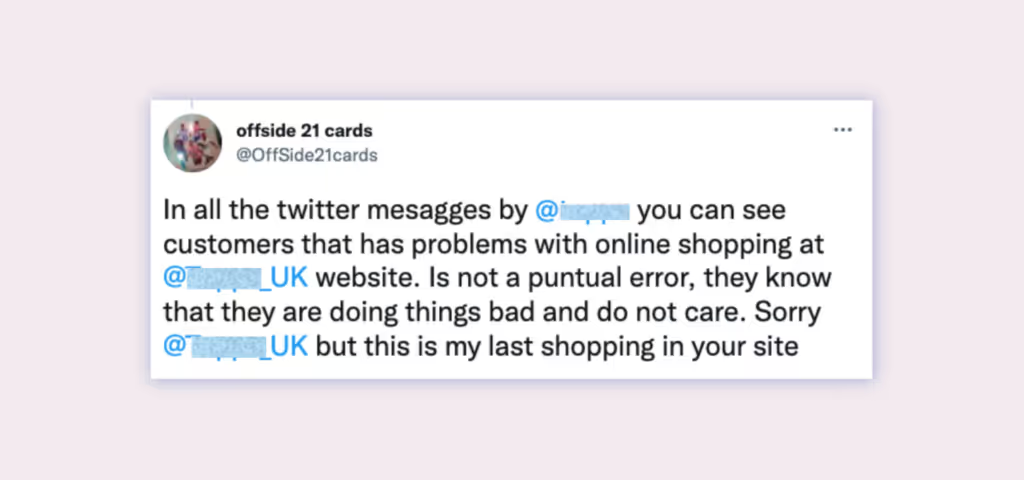
Now, imagine your ecommerce site is a physical store. Imagine seeing actual customers walking out of your store because your registers are down or because they can’t pick up a product from the shelf to view it. The store manager is going to see those customers walking out, recognize that that is a lost revenue opportunity, and they’re going to be motivated to make sure that doesn’t continue to happen.
The same thing is occurring today on ecommerce sites, but why isn’t that urgency translating over?
A major reason is because there’s a KPI that isn’t being talked about.
In ecommerce, we track CRO, revenue generation, time-on-page, CAC, etc. but we’re not talking about, and consequently not accurately tracking, loss.
And if something isn’t being measured, it’s not being managed.
So…
Why do we need to measure and manage loss, what does that look like, and why is this going to be one of your most important metrics to look at during tough economic times?
Quantifying loss
Being able to attribute a hard revenue number to any site error is absolutely key for quantifying the true impact of errors, and, more importantly, showing which errors need to be fixed first.
Because when an error prompts a potential customer to exit your site, that is actual money being left behind that you can’t grab. And during a time where you want to make every dollar count, a leaking bucket can be lethal.
Let’s take a look at this example:
You’ve been notified of a fringe error that’s occurring approximately 3 times a week, affecting 5 sessions each time. With just that data, it’s not going to seem like a big deal, so it would be easy to sweep it under the rug and focus on something else.
But that error does equate to 15 sessions in a week that could have turned into successful sales.
With ecommerce AOV sitting at around $58 USD (conservatively), that’s $870 in revenue that was blocked in that week alone. And if it’s swept under the rug, it’s going to keep compounding week after week.
After a year of that low-velocity, “low priority” error sitting in the backlog, you’ve lost $45K in revenue that should have come in.
So, rather than looking at errors and judging their priority based gut-feel and number of occurrences, using data that is tied directly to the most important ecommerce metric—revenue—will allow you to make data-backed decisions that can guarantee a higher ROI than you would have been able to get without it.
Using Noibu to get your house in order
During a recession, most businesses scale back their resources and focus on going back to the basics.
Your website is the face of your business; in ecommerce it’s the only place to make money. So focusing on the health of your basics - your website - is paramount during tough economic times.
And what constitutes an unhealthy site?
An unhealthy site would be one that has broken user experience flows and errors blocking customers from completing buyer actions, among other things.
But of course, if you’re going back to basics, you’re going to make sure that your site is all cleaned up. Though what happens after?
You could implement a code freeze so your team can be “sure” no other issues will be introduced through new releases from the development team… But the reality of the situation is that even when you’re in a code freeze, your code isn’t actually frozen.
Your browsers and third party integrators aren’t going to stop updating. And these updates interact with your site, and sometimes they don’t interact as expected!
So, you can try to catch these unexpected errors manually if you’d like. You can get your developers and QA team to test out every single possible flow on the site, check with every device, browser, ad-blocker software, method of payment, page paths, and more. AND do that every single time ANYTHING connected to your website updates.
That’s going to take a ton of hours, and it’s certainly not efficient.
But without a proper, ongoing view into your entire site, these changes by third parties and thus any resulting errors are going to fly under the radar for you…
But not so much for your potential customers.
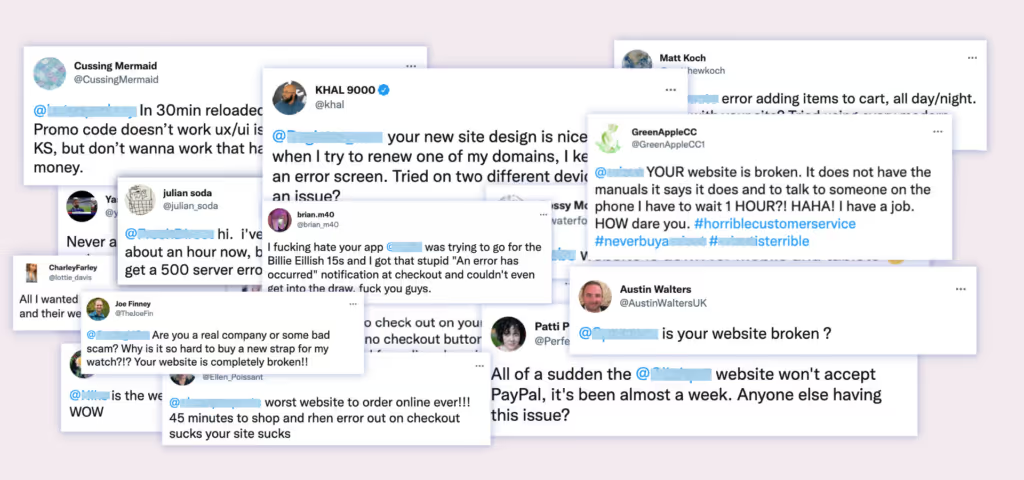
Noibu’s error monitoring software covers this function, and then some.
Having site-wide monitoring capabilities and capturing every possible site error occurring on your web store, users can rest assured that any new error that pops up is brought to their attention before it has the chance to stop hundreds of eager customers from being derailed in their buyer's journey.
You can think of Noibu in this aspect as sort of a Ring security camera for your home. Instead of a security system to notify you of any security threats, Noibu monitors your entire site and alerts you to all existing and incoming bugs.
There are many other benefits to having this particular monitoring software in place beyond just alerting you to site errors, too.
Going beyond visibility
Okay, so you’re now being alerted to all your site errors. What’s the difference between Noibu and other tools that perform site monitoring, then?
It comes back to that KPI that isn’t being talked about: Loss.
Specifically, revenue loss.
Without data around the economic or conversion impact of any one bug, how are product, ecommerce, and development teams going to know which errors to resolve first?
Noibu automatically calculates revenue and conversion impact data for every error, and projects the annualized effects of the error remaining active on site.
Having this impact data available at a glance allows users to quickly pinpoint the errors that they know will have a strong ROI, without needing to perform time-consuming error investigation, so developers aren’t wasting their time trying to resolve an error that doesn’t move the needle in a meaningful way.
Being efficient, Saving time
Another way Noibu helps eliminate time-drains and enables more efficient workflows is the information that is captured and packaged for developers.
For every error, Noibu’s software grabs the line of code that is causing an error to be served, the symptoms users are experiencing in relation to that error, the last step users took before encountering the error, the browsers and devices of the sessions that experienced the error, and real-customer session replays.
Why is that useful?
It eliminates the need for tedious, time-consuming replication workflows that look something like this:
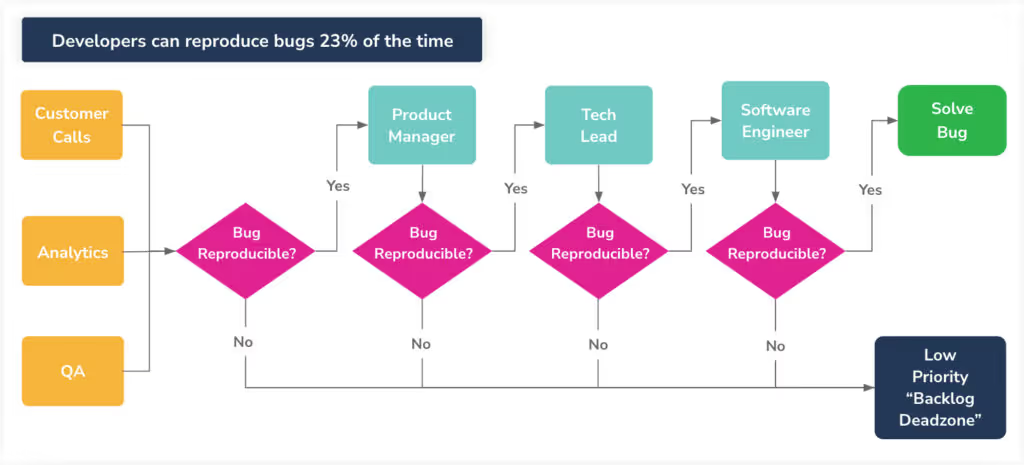
And instead, turns the workflow into this:
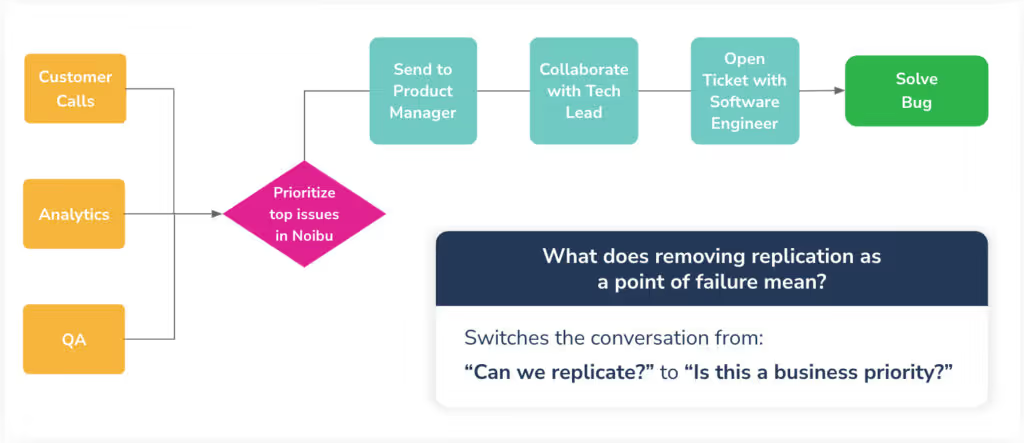
During times when businesses are scaling back resources… Just imagine the amount of time and involvement that could be saved moving from the first workflow to the second one.
The elimination of the replication workflows and the ability to have data-driven prioritization aren't the only time-saving functionalities, though.
Think about how many hours your support and development teams have to spend trying to understand an imperfect support ticket that’s been submitted.
Noibu’s session search functionality allows users to find the exact customer session that experienced a bug, and coupled with real-time session replay they can see exactly what went wrong, and determine the severity of the error.
The TLDR; How does this save my revenue?
You can think of your website like a bucket (switching it up from the home security system!). Your marketing budget is the faucet filling it up, and site errors are the holes that are letting the water (aka possible sales) leak out.
During smooth economic times, the faucet will be providing enough water to keep the bucket full even with holes letting some of the water out. But without the faucet running… Those holes become a much bigger problem and will make it impossible to fill the bucket to the rim (aka meet your revenue goals).
If you patch up these holes now, and get something in place to alert you when a new one forms while also giving you the tools you need to fix it, you’ll be able to not only maintain the water level, but also be able to increase the amount in the bucket! Then, when your faucet is ready to be turned back on again, you’ll see compounding results.
Want proof? Here are a few customers that are seeing massive benefits to bringing on this kind of software:
How MGBW has saved nearly $1 Million in annualized revenue
How Joe Browns achieved an ROI of 48x in 4 months
How Scrubs and Beyond achieved a 123x ROI by maintaining their site health
How luxury clothing brand, Moschino, improved their UX and achieved a 99x ROI
Why DLT Trading says their 47% growth in sales is supported by error monitoring




